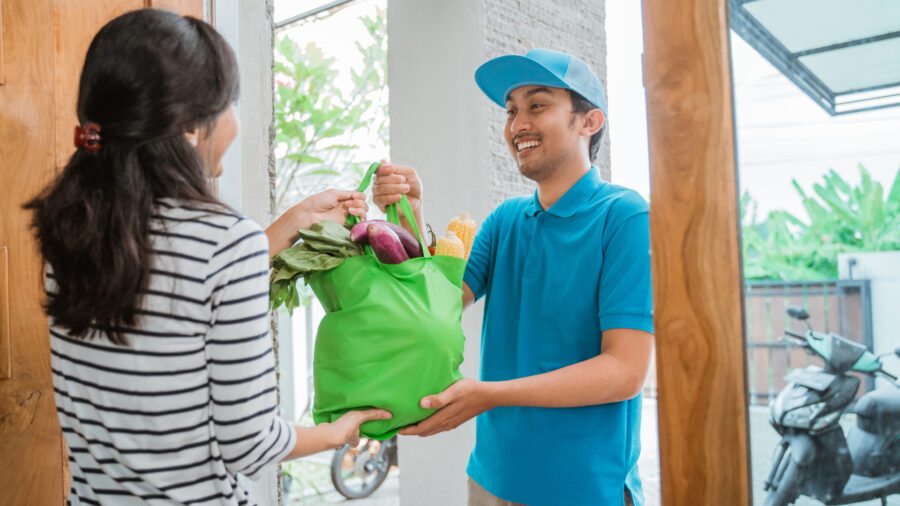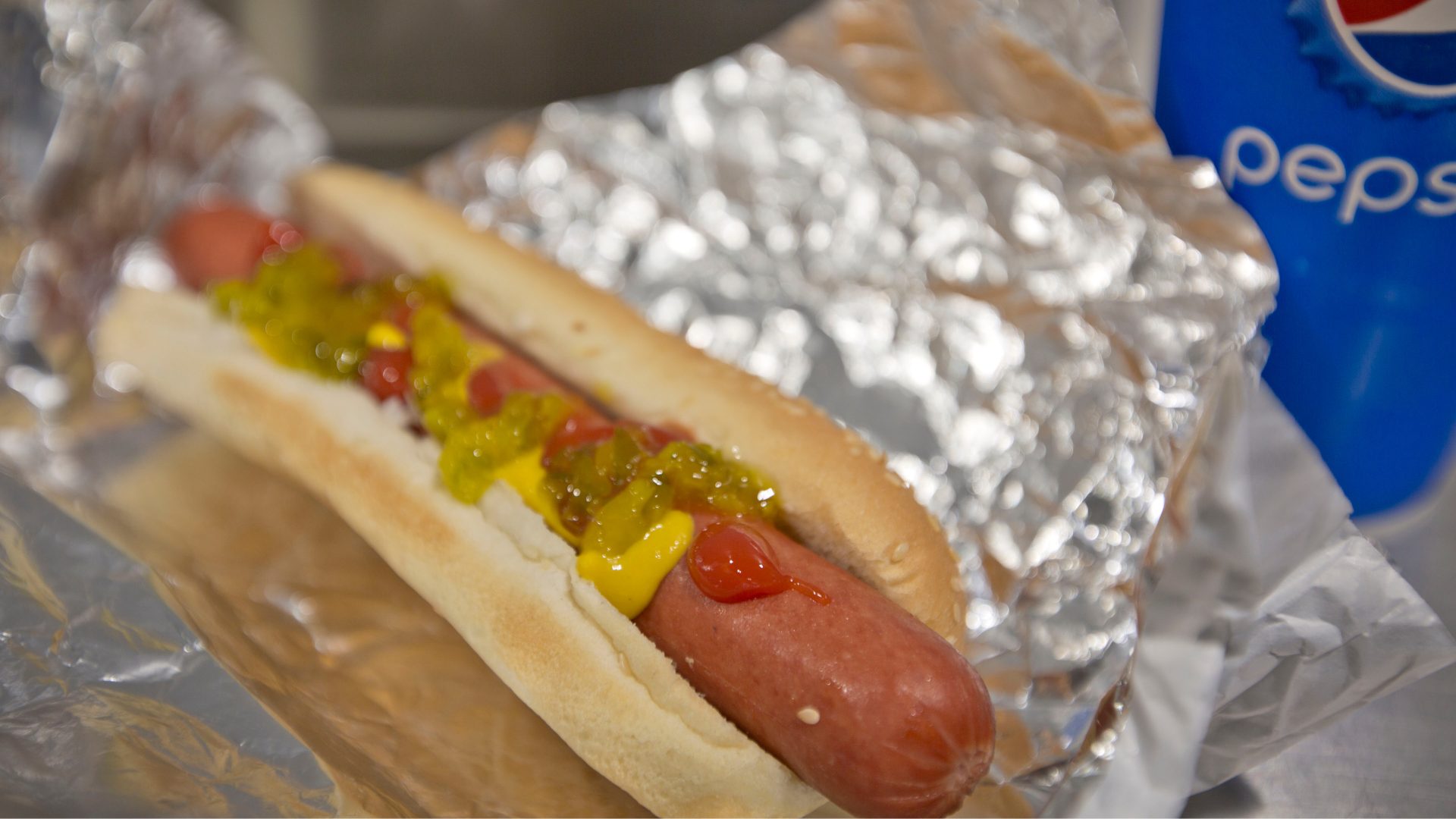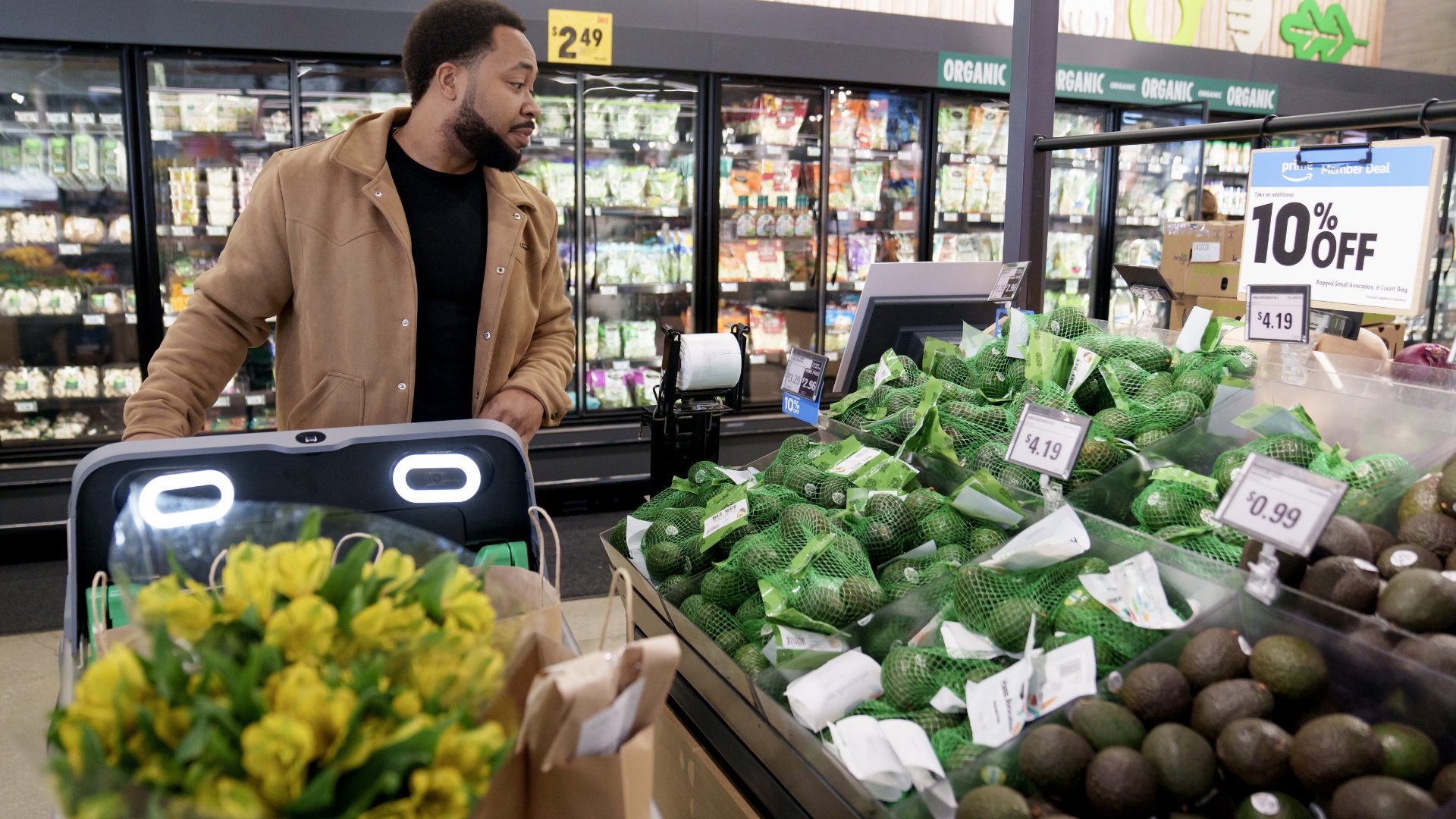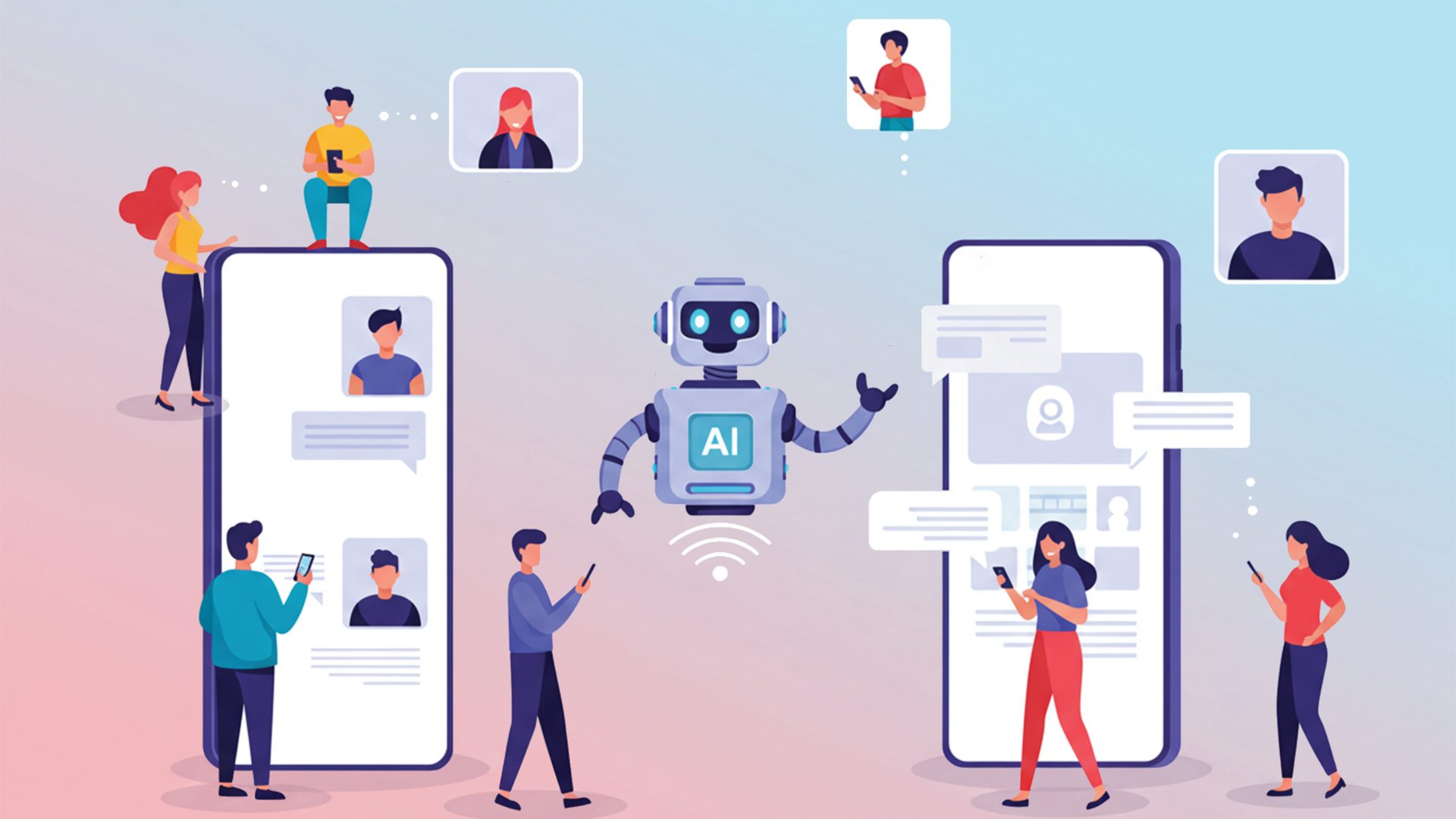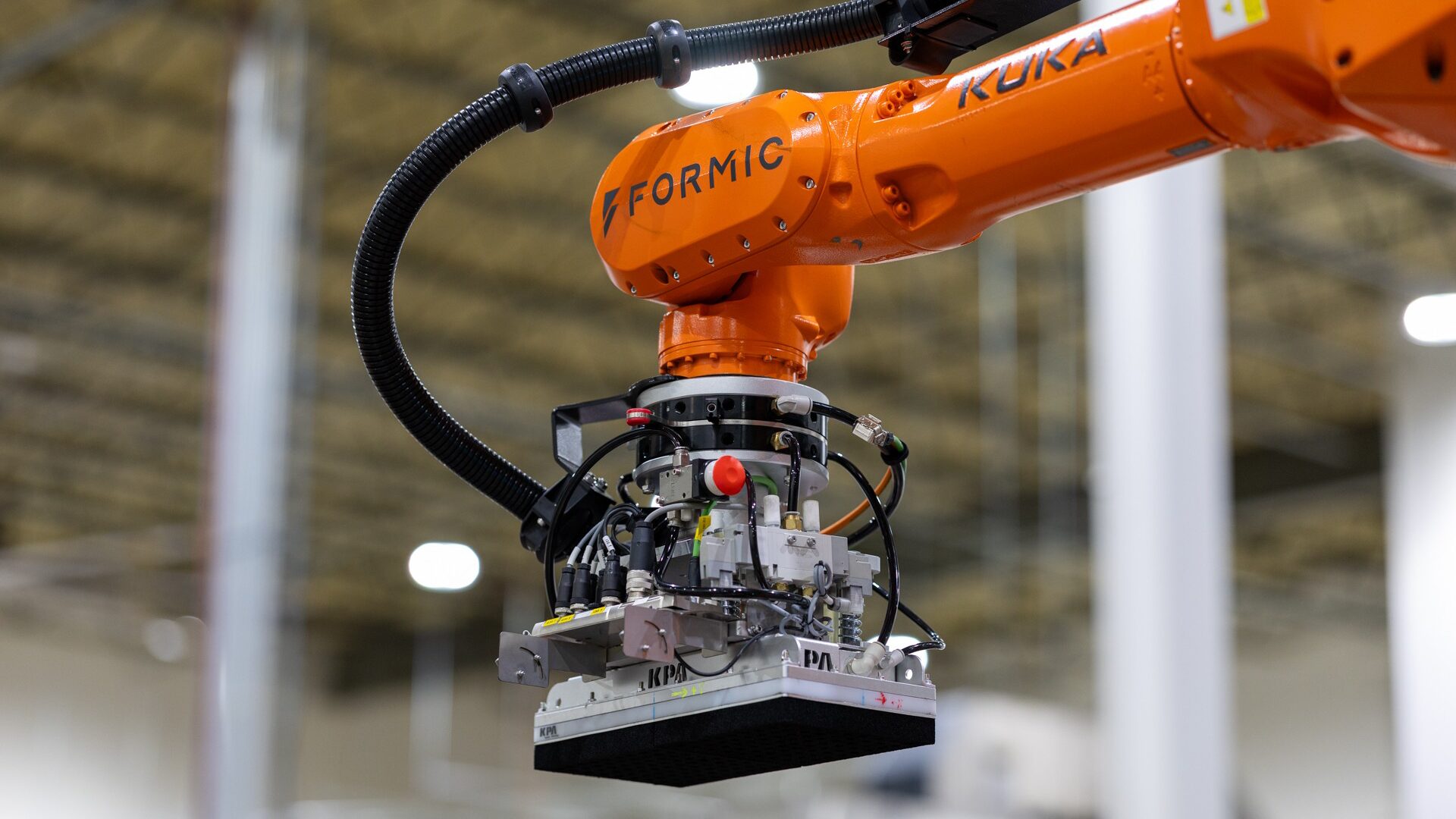Same-day delivery is quickly morphing from a key differentiator to table stakes in the grocery industry, and surveys of both retailers and delivery providers echo this sentiment.
Only 26% of U.S. retailers offered same-day delivery in 2021, but 99% planned to do so by 2025, according to the 2022 Bringg Barometer report. Additionally, 68% of delivery providers will offer same-day options by the end of 2022 and 80% by the end of 2025, according to the 2022 State of Last Mile Logistics report.
“It’s not just a pandemic-driven expectation,” said Daniela Perlmutter, SVP of Marketing at Bringg. “It’s an expectation that is here to stay. What we’re seeing with our own customers is an increasing need and expectation driven by the end customer to have same-day and on-demand delivery.”
Perlmutter stated that grocers looking to offer same-day delivery can divide the necessities into three key technologies:
- automation to stage deliveries
- capacity to handle any volume of orders
- flexibility to make the final handoff flawless
Each of the elements above is necessary to enable an important aspect of a great last mile experience for the retailer, the delivery provider and the customer alike.
Automation is required to manage the loss of an overnight staging period while maintaining efficient delivery routes, according to Perlmutter. Same-day deliveries require rapid picking and dispatching, and technology plays a necessary role in minimizing the time needed to ensure everything gets where it needs to be when it needs to be there.
“The routing, or the rerouting, is something that needs to take place through automation, and then the dispatching has to be done on a minute-by-minute basis,” said Perlmutter. “It cannot take an overnight shift to plan the dispatching, and it can’t be done in a manual way because grocery, especially when it’s instant grocery, is very quick. The scale and the number of deliveries is very big.”
Grocers aiming to offer same-day delivery also will need enough drivers to handle the associated volume, as well as ensure any hiccups are ironed over before they can affect the end customer experience. Perlmutter noted that this often means using a combination of delivery drivers from potentially multiple services, all while keeping everything in order.
Finally, flexibility is vital to perfecting the customer experience. Real-time visibility into both orders and routes is a necessary tool for managing the load — especially because perishables require tight delivery windows, according to Perlmutter. This can help grocers both quickly resolve any issues that are impacting delivery times and deliver an improved customer experience by helping customers plan their activities around precise arrival times.
“The ability to also define a definite window in the checkout phase is important to the customer experience, and then there’s the experience of actually receiving the delivery,” said Perlmutter. “If I can track where the delivery is, and I want to pop out for a second to fetch my child from school, I can see if the driver is already on the way and if they’re here within five minutes or 10 minutes. From there I can check if I have time to pop out for a second. That requires tracking during the delivery itself.”


